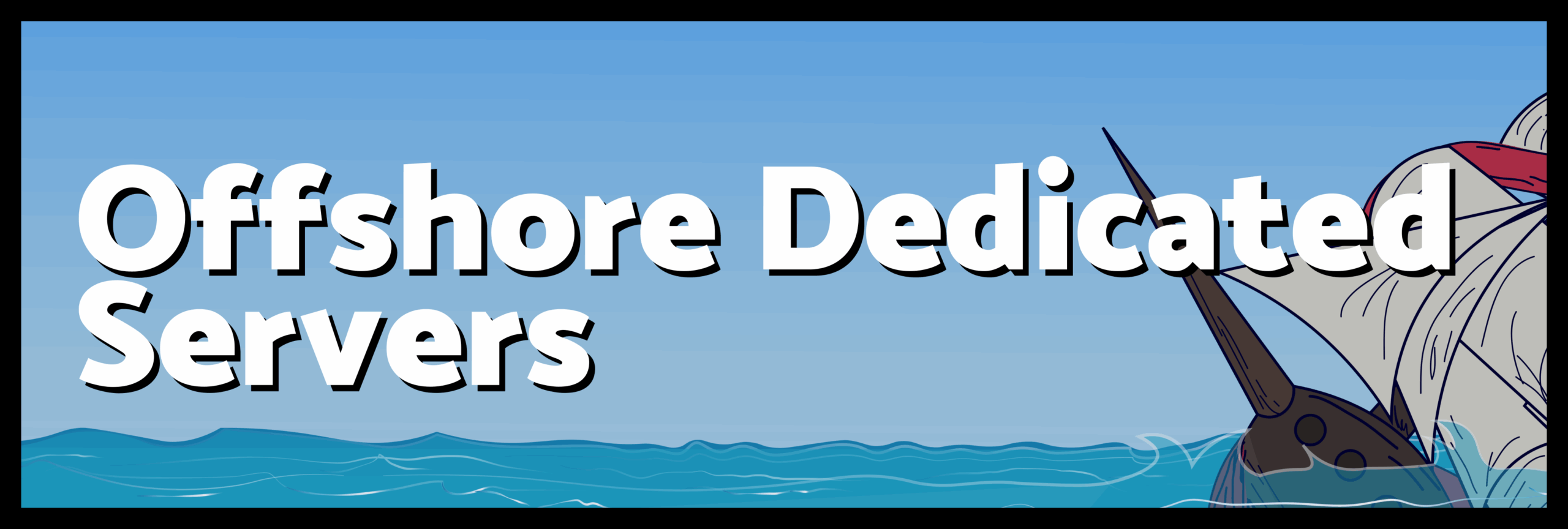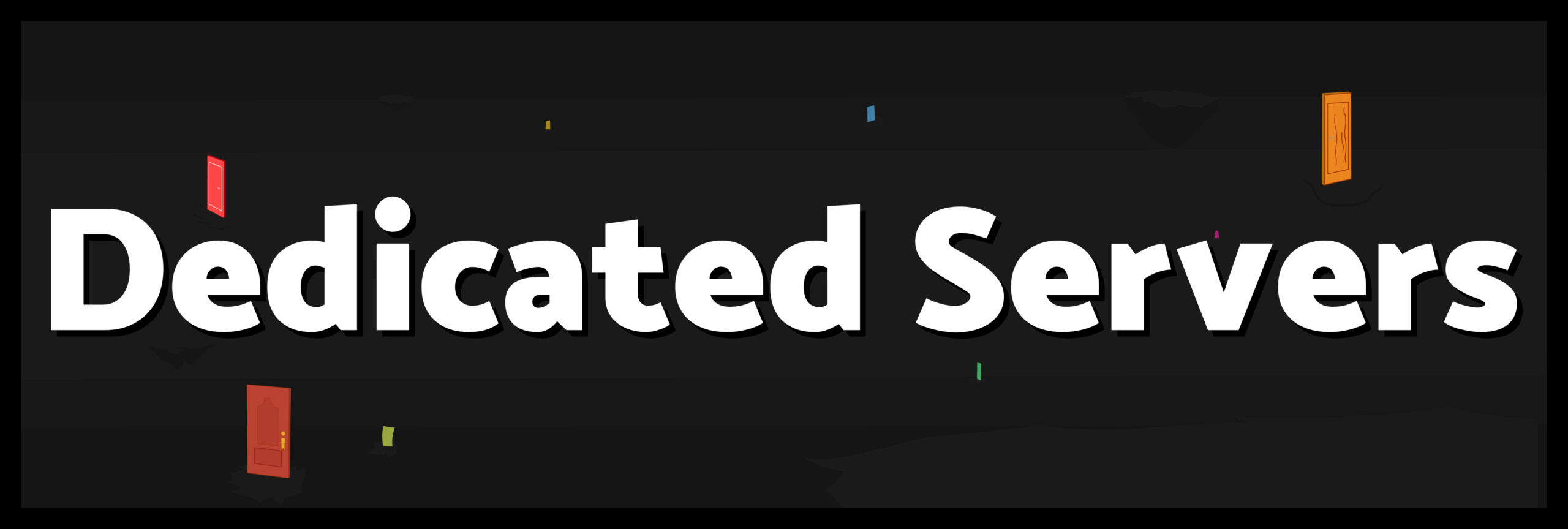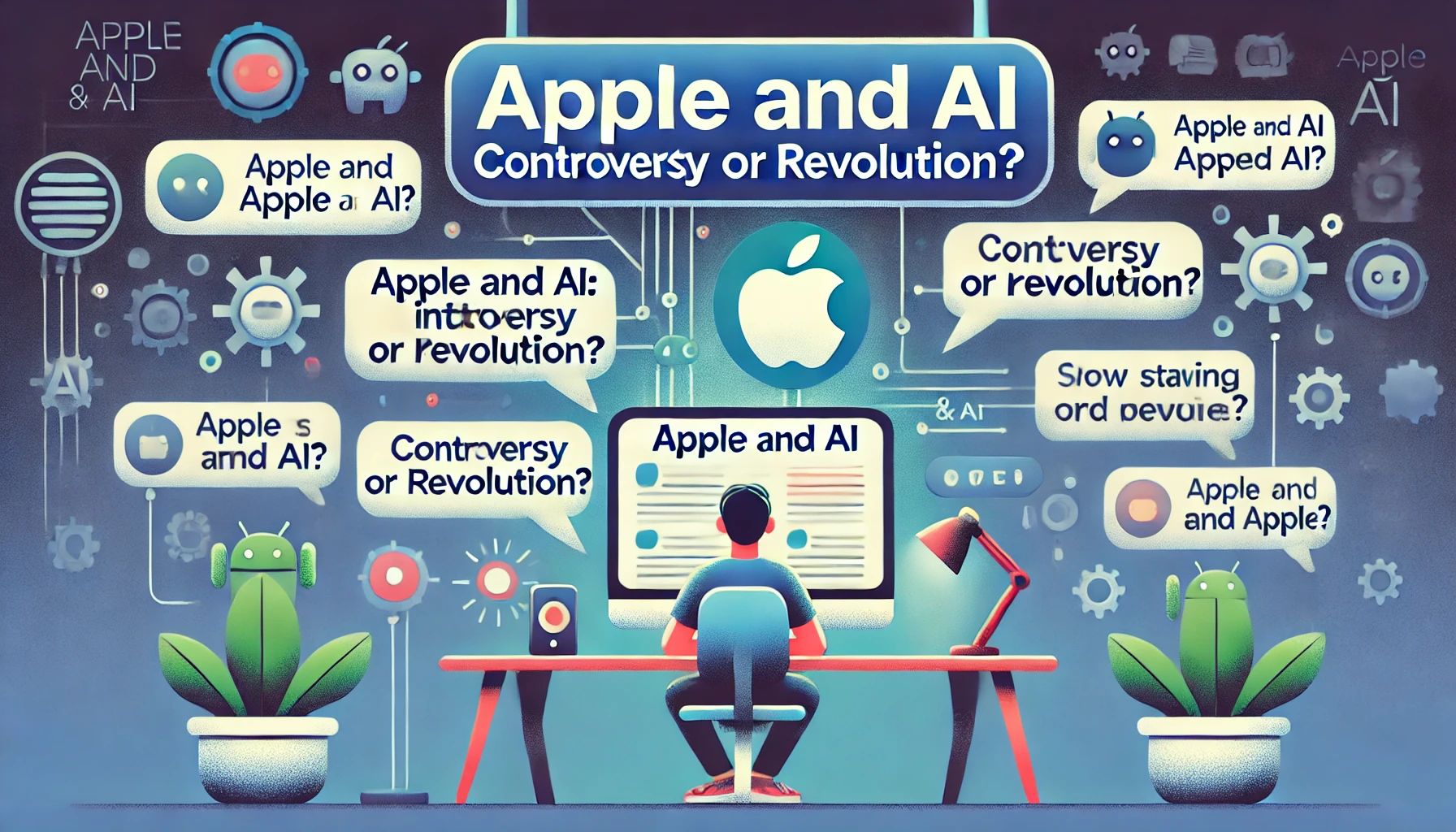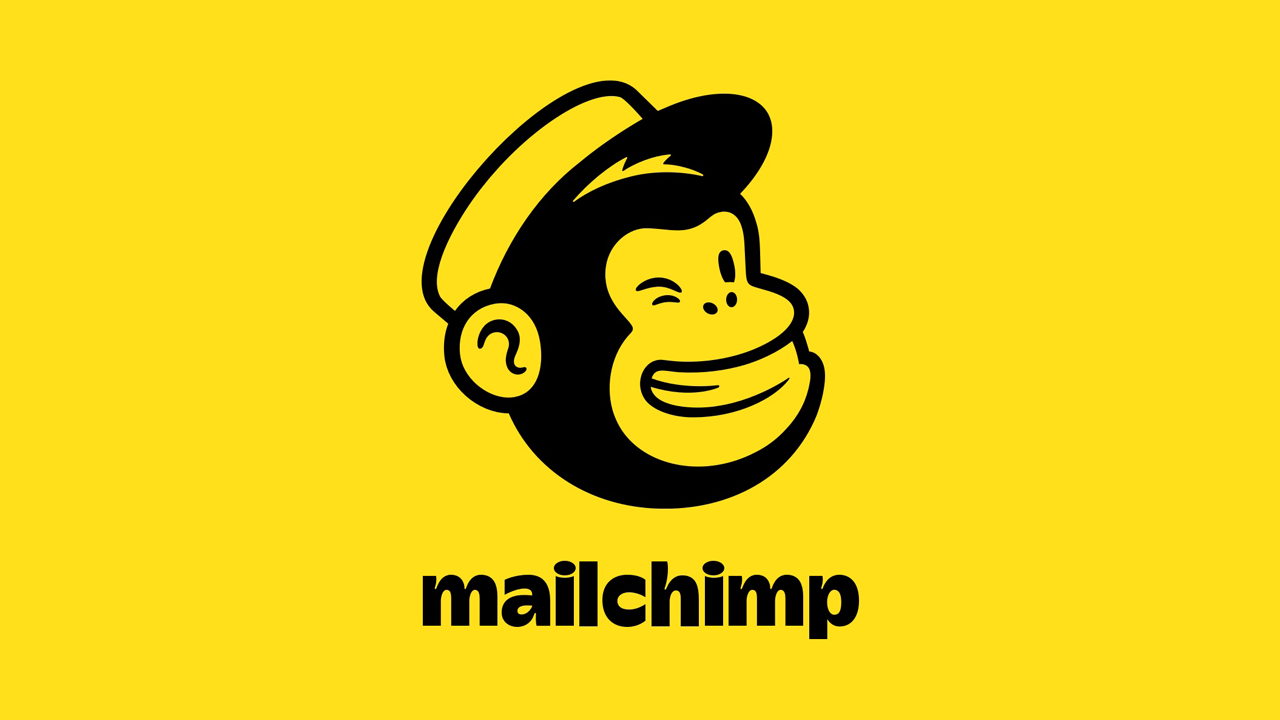User-facing AI is still a debate, developer-facing AI is not. And Apple might be in *real* trouble here without some changes.
Come for the title, but stay for the post. With all the bitching and moaning about Apple and AI, it’s almost entirely about the user-facing features that Apple is working on but can’t seem to ship. But the developer-facing functionality is what may really sink Apple in these earlier days of AI, because yes, “vibe coding” has taken the industry by storm. But it goes deeper than that too:
It’s one thing for Apple’s AI product offerings to be non-competitive. Perhaps even worse is that as Apple stands still, software development is moving forward faster than ever before. Like it or not, LLMs—both through general chat interfaces and purpose-built developer tools—have meaningfully increased the rate at which new software can be produced. And they’ve done so both by making skilled developers more productive while also lowering the bar for less-experienced participants.
Barring a sharp correction, Apple looks increasingly likely to miss out on a generation of developers conditioned to first reach for tools like Cursor, Replit, or v0—especially as Apple’s own AI tooling remains notably absent. This goes well beyond enabling new entrants to “vibe code”—experienced mobile developers who, despite history with Xcode and a predilection for building native apps, are begrudgingly swapping out their tools in acknowledgement of the inarguable productivity benefits.
This feels especially timely given that the dates for WWDC – Apple’s developer conference – were just announced. Apple has already taken the hit for postponing at least some of those user-facing AI features until later this year or next (or later), so it will put extra pressure on them to showcase to developers what their AI can do for them. They now have just over two months to polish that narrative – and they have to be extra careful here, because they really can’t afford to show things that aren’t ready to ship – in the fall, at the latest.
Bungling the roll-out of Swift Assist
Beyond the consumer AI vaporware, Apple also somehow managed to bungle the roll-out of Swift Assist, shown off at last year’s WWDC and still basically nowhere to be seen in the wild. Not great, Tim.
I recently built a small iOS app for myself. I can install it on my phone directly from Xcode but it expires after seven days because I’m using a free Apple Developer account. I’m not trying to avoid paying Apple, but there’s enough friction involved in switching to a paid account that I simply haven’t been bothered. And I used to wrangle provisioning profiles for a living! I can’t imagine that I’m alone here, or that others with less tribal iOS development knowledge are going to have a higher tolerance for this. A friend asked me to send the app to them but that’d involve creating a TestFlight group, submitting a build to Apple, waiting for them to approve it, etc. Compare this to simply pushing to Cloudflare or Netlify and automatically having a URL you can send to a friend or share via Twitter. Or using tools like v0 or Replit, where hosting/distribution are already baked in.
Again, this isn’t new—but being able to build this much software this fast is new. App distribution friction has stayed constant while friction in all other stages of software development has largely evaporated. It’s the difference between inconvenient and untenable.
The developer market
The market – again, the developer market – has shifted beneath Apple’s feet. So, while we can argue about the realistic timelines for fully useful and trustworthy consumer AI, the moment is here for developers. And beyond their own tools now looking dated, even worse is how this all makes Apple’s distribution methods seem completely out of step with the market. Both of those, in turn, make it feel even more acutely as if Apple is just out of touch with reality. And slipping further away with each passing day…
You’d think all of this plus the ongoing regulatory pressures would make Apple change their tune. But instead, even though several macro trends were clearly aligning against them years ago, they’ve largely dug in their heels. They change things when they absolutely must, legally, but usually only the bare minimum that’s required by law. And so now we have this increasingly piecemeal system of App Store rules and policies depending on where a user lives and a developer operates. It’s completely untenable, but again, it has been for years. Now it’s just a mess.
Will it be far too late for Apple?
The hope is that AI, per Irace’s points, changes the equations enough for developers to actually shift Apple’s stances here. But it’s also just hard to see it – in part because Apple doesn’t seem to truly respect their developer ecosystem. I fear the only thing that really moves the needle will be actually falling iPhone sales.1 And that will be the ultimate lagging indicator of all of the above. By the time that happens – which could take years and years still, because the hardware remains that good – it will be far too late for Apple.
Apple could change all of this – and the course of history, which sounds like hyperbole, but perhaps isn’t – with two simple words uttered at WWDC: web distribution. All sins would immediately be forgiven. All delays just water under the bridge. But Apple will believe they can’t afford to do that, quite literally. And they might be right. But they might be wrong regardless, if they don’t…
Source: Spyglass
Read other news at our blog
In need of a Web Server? Take a look at our services























